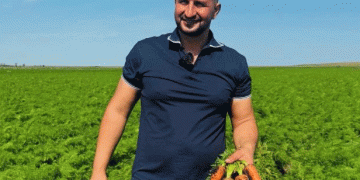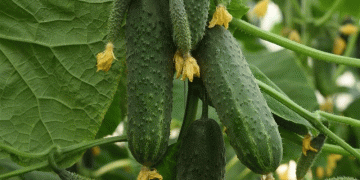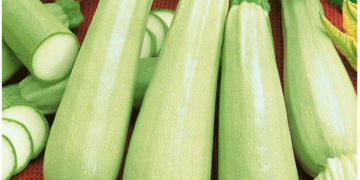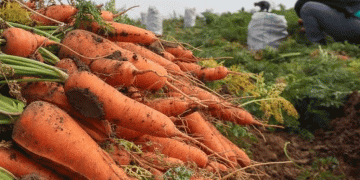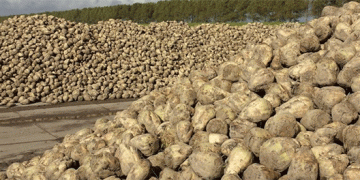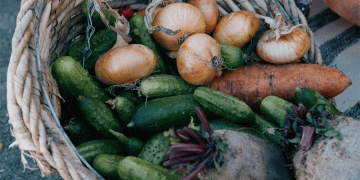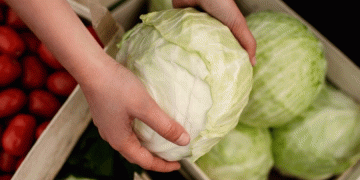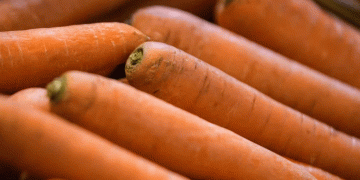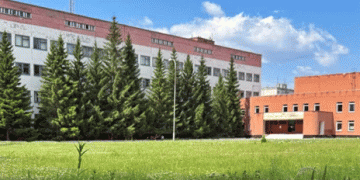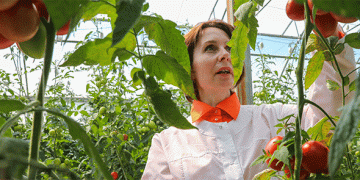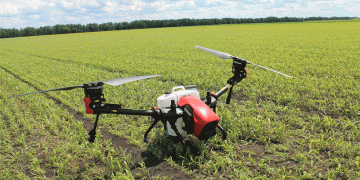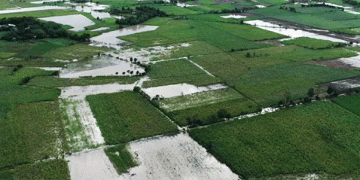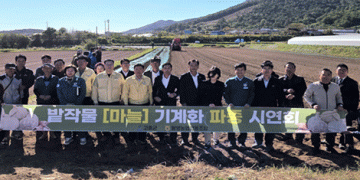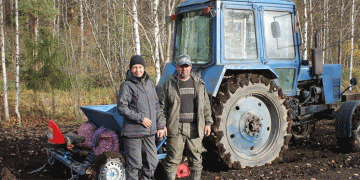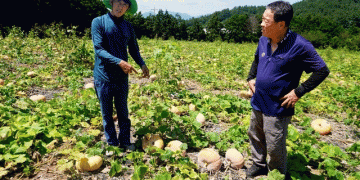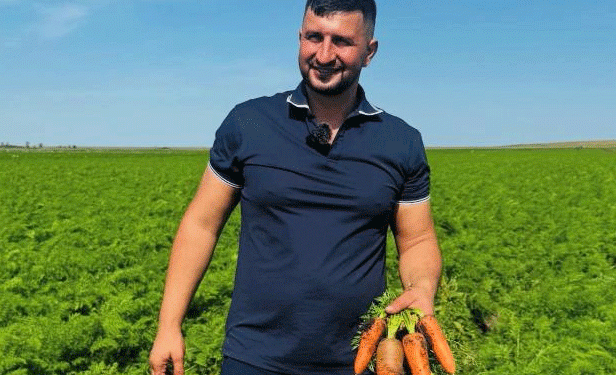In the heart of Kazakhstan’s Kostanay region, a quiet agricultural revolution is underway, led by farms like “Bekirov B.S.” and “Khalyk Agro KST.” Over more than two decades, these enterprises have undergone a staggering transformation, expanding from a modest 8 hectares to a massive 480 hectares of irrigated vegetable production, with total cultivated land now exceeding 500 hectares. This growth story is not just about scale; it’s a strategic pivot towards high-value, “healthy eating” vegetables that are reshaping local consumer markets and agronomic practices.
Moving beyond traditional potatoes and carrots, the farm has successfully introduced a range of exotic and nutrient-dense crops, demonstrating remarkable yields:
- Broccoli: 3 ha, yielding 12 tons/ha
- Cauliflower: 3 ha, yielding 25 tons/ha
- Napa cabbage: 12 ha, yielding 15-18 tons/ha
- Red cabbage: 1 ha, yielding 40 tons/ha
- Daikon radish: 1 ha, yielding 20 tons/ha
This diversification taps into a growing global and domestic demand for functional foods. The success is underpinned by a sharp focus on irrigation as the critical factor for reliable harvests in a region where water efficiency is paramount. A new 286.6 million tenge (approx. $600,000) investment project aims to develop irrigated agriculture on an additional 236 hectares. The project includes the acquisition of three Bauer Centerstar sprinkler machines—technology known for its precision and efficiency—along with modern energy and climate equipment. Scheduled for completion in December 2025, it is expected to create 15 new jobs and ensure stable supplies of both traditional and exotic vegetables for the region.
The Bekirov farm’s journey offers a powerful blueprint for agricultural diversification and value-added production in arid regions. It demonstrates that strategic investment in precision irrigation technology is not an expense but a fundamental enabler of risk mitigation and crop diversification. By moving beyond commodity grains to high-value vegetables like broccoli and daikon, the farm captures more value per hectare, meets evolving consumer demand for health-focused foods, and builds a more resilient business model. For other farmers and agronomists in Central Asia and similar climates, this case underscores that future success lies in marrying advanced water management with market-savvy crop selection, proving that a focus on “healthy eating” can be a highly profitable and sustainable agricultural strategy.
